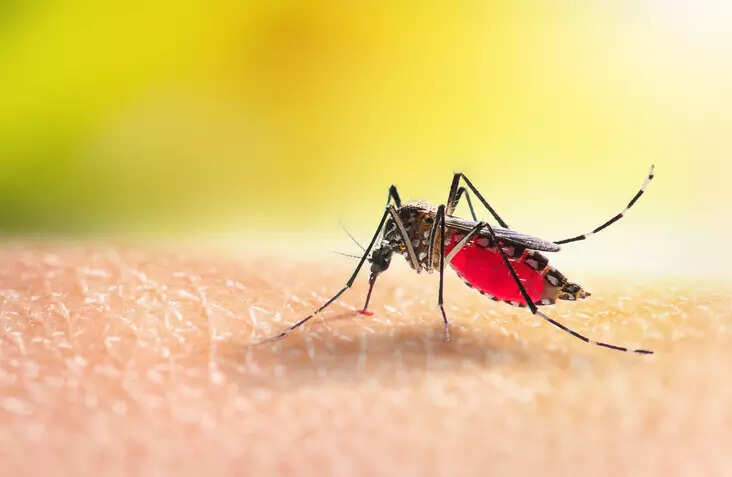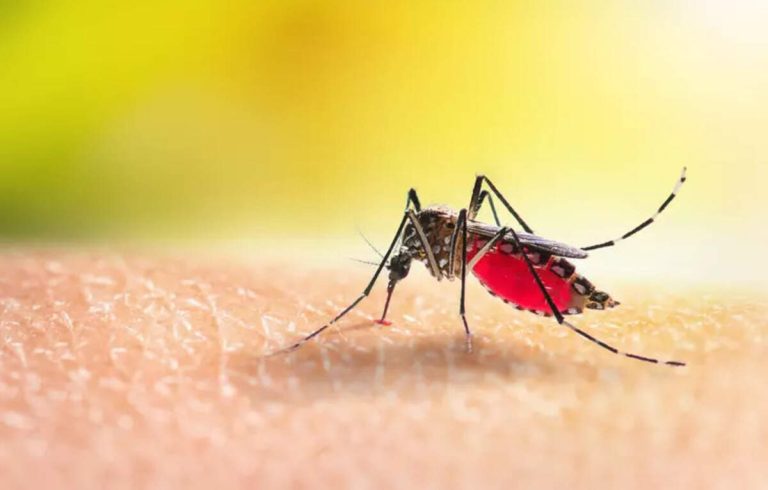
Nagpur: With the monsoon just around the corner, fresh data from the Nagpur Municipal Corporation (NMC) shows a trend that mirrors last year’s pattern: Cases of vector-borne diseases like dengue, chikungunya, and malaria begin to rise from June onwards, posing a public health risk.
According to the monthly reports for 2025, even before the onset of rains, the city recorded 5 dengue cases and 3 chikungunya cases in the first five months.
In May, two dengue patients tested positive out of 17 suspected cases, indicating the beginning of the seasonal upsurge. In the first 10 days of June, 2 cases of dengue were reported, said sources.
Last year, the surge in chikungunya cases started in June, and this mosquito-borne infection played havoc in August and September.
This year, one case of chikungunya was detected in Jan and Feb each, though March onwards saw a lull. However, historically, this lull often breaks with the arrival of rain, which provides breeding grounds for Aedes aegypti, the mosquito responsible for both dengue and chikungunya transmission.
While no positive cases of malaria were reported from January to May, the extensive screening of over one lakh blood samples indicates proactive surveillance by the civic body. The data from the past years suggests that malaria too tends to spike from mid-June onward, especially in areas with stagnant water and poor sanitation.
Experts warn that even a few cases early in the season are enough to trigger outbreaks if precautions are not taken. The city’s dense population, coupled with heavy rainfall, makes Nagpur particularly susceptible to the spread of mosquito-borne illnesses.
NMC’s health officials have urged citizens to eliminate water stagnation, maintain hygiene, and immediately seek medical attention for symptoms like high fever, rashes, or joint pain. The coming weeks are critical. Last year’s surge began in June, and if not addressed proactively, Nagpur could once again see a sharp rise in infections.





